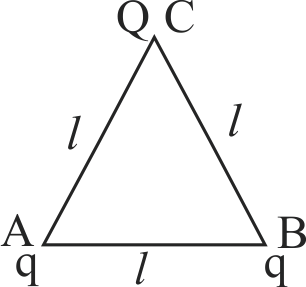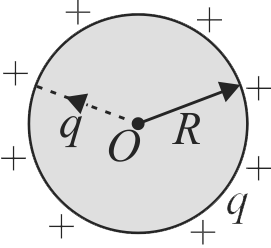359497 Two equal point charges \(Q\) are fixed at \(x=-a\) and \(x=+a\) on \(X\)-axis. Another point charge is placed at the origin. The change in electrical potential energy of \(Q\), when it is displaced by a small amount \(x\) along \(X\)-axis, is approximately proportional to
359497 Two equal point charges \(Q\) are fixed at \(x=-a\) and \(x=+a\) on \(X\)-axis. Another point charge is placed at the origin. The change in electrical potential energy of \(Q\), when it is displaced by a small amount \(x\) along \(X\)-axis, is approximately proportional to
359497 Two equal point charges \(Q\) are fixed at \(x=-a\) and \(x=+a\) on \(X\)-axis. Another point charge is placed at the origin. The change in electrical potential energy of \(Q\), when it is displaced by a small amount \(x\) along \(X\)-axis, is approximately proportional to
359497 Two equal point charges \(Q\) are fixed at \(x=-a\) and \(x=+a\) on \(X\)-axis. Another point charge is placed at the origin. The change in electrical potential energy of \(Q\), when it is displaced by a small amount \(x\) along \(X\)-axis, is approximately proportional to
359497 Two equal point charges \(Q\) are fixed at \(x=-a\) and \(x=+a\) on \(X\)-axis. Another point charge is placed at the origin. The change in electrical potential energy of \(Q\), when it is displaced by a small amount \(x\) along \(X\)-axis, is approximately proportional to




